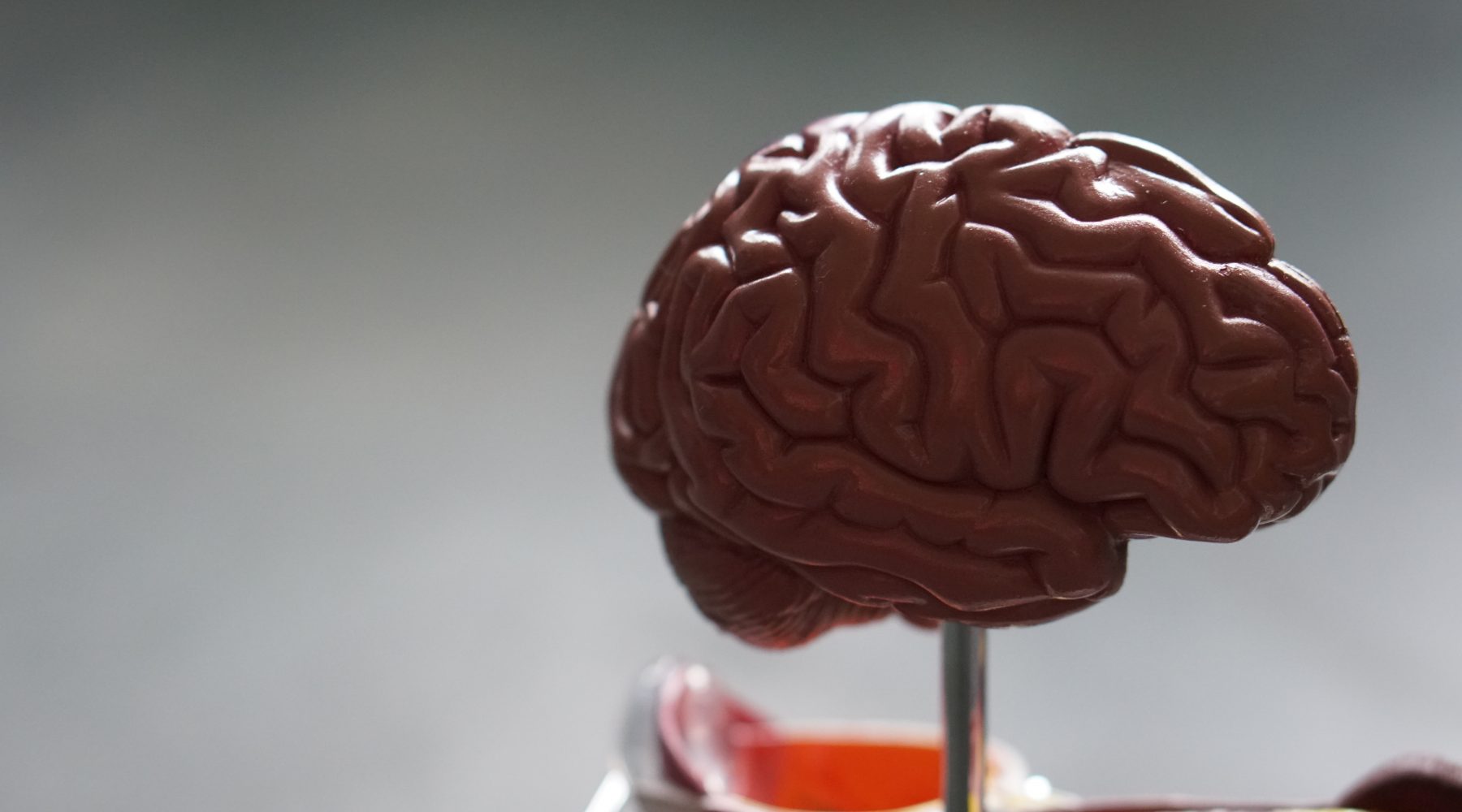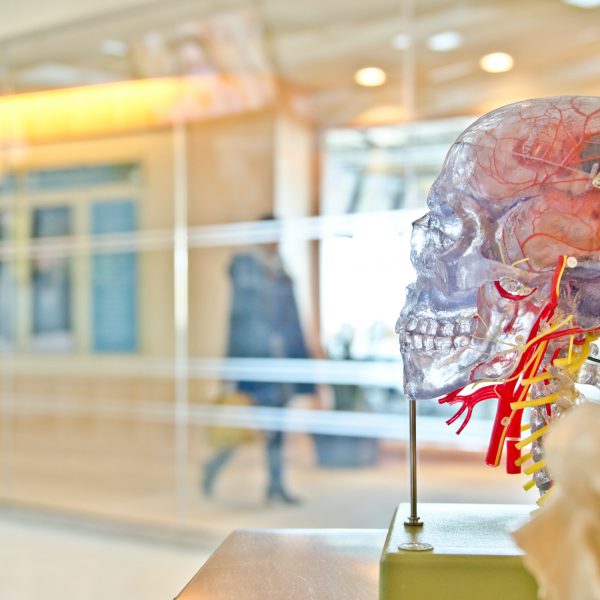Children’s brain development occurs differently than thought

Researchers from Stanford University have used state-of-the-art brain imaging techniques to provide “striking results” that suggest the brains of children develop in vastly different ways than previously understood.
The findings place previous understandings of children’s neurological development into doubt, with researchers saying “decades of work will need to be revisited and assessed for accuracy” as a result of the findings.
Results of the MRI scanning conducted during the research extinguishes a previously held theory – that children’s brains ‘thin’ as they age – and replaces it with an understanding that children’s brains gain myelin – the fatty sheath which insulates nerve fibres – over time.
The new knowledge has come about because of more sophisticated instruments, allowing researchers to see prominent changes in a child’s brain, which have previously gone undetected.
Prior studies have shown “repeatedly” that certain regions of the cerebral cortex (the outer-most layer of the brain) get thinner as children develop. At a mere 3mm thick, on average, studies have reported that children can apparently lose close to 1mm of grey matter by adulthood.
Various ideas have been put forth to explain the huge losses, such as grey matter cells and their connections being naturally ‘pruned’, presumably to promote a more efficient brain. Alternatively, it is understood that our brains expand during development. Perhaps, scientists said, the cortex gets stretched in the process? The new research certainly does not rule out these processes, and in fact finds evidence for the latter. However, the new work does suggest that a key change has gone undetected, due to the limitations of prior measurements.
Myelin is the ‘white’ in white matter. It’s a fatty sheath that insulates many nerve fibres and allows faster neurotransmission. The problem is, measurements of grey matter thickness critically depend on detecting the border between white and grey matter.
The present study shows that when measured with quantitative MRI (or qMRI), it appears that young brains are actually gaining more myelin. As researchers found, the limit between white and grey matter can be obscured, and cortical thickness underestimated, if myelination increases during development.
Researchers were looking at three specialised patches of brain in higher visual cortex. Despite their close proximity, each showed a unique developmental pattern, underlining the need for cautious interpretation.
The face and word recognition areas showed the myelination effect described above, whereas the place recognition area showed apparent thinning but no indication of myelination. Instead, it seemed to structurally change, stretching over time. Highlighting the important link between structure and function, the differences in myelination of these functionally specialised regions were confirmed in post mortem brains of adults, using both ultra-high field MRI and histology.
The implications of these new findings impact not only previously held understandings of children’s brains and how they develop, but also in the treatment of debilitating diseases such as Multiple Sclerosis.
“More accurate measurement techniques like qMRI promise to improve our detection, monitoring, and treatment of such conditions,” researchers said.
To access the study, please see here.
Popular

Workforce
Quality
Research
When did it start to go wrong?
2025-12-18 08:00:46
by Fiona Alston

Quality
Practice
Research
Small ways to teach babies and toddlers body safety and consent in early learning
2025-12-15 08:00:40
by Fiona Alston

Quality
Research
Food safety in early learning centres: Protecting children through better practices
2025-12-15 07:45:24
by Contributed Content















